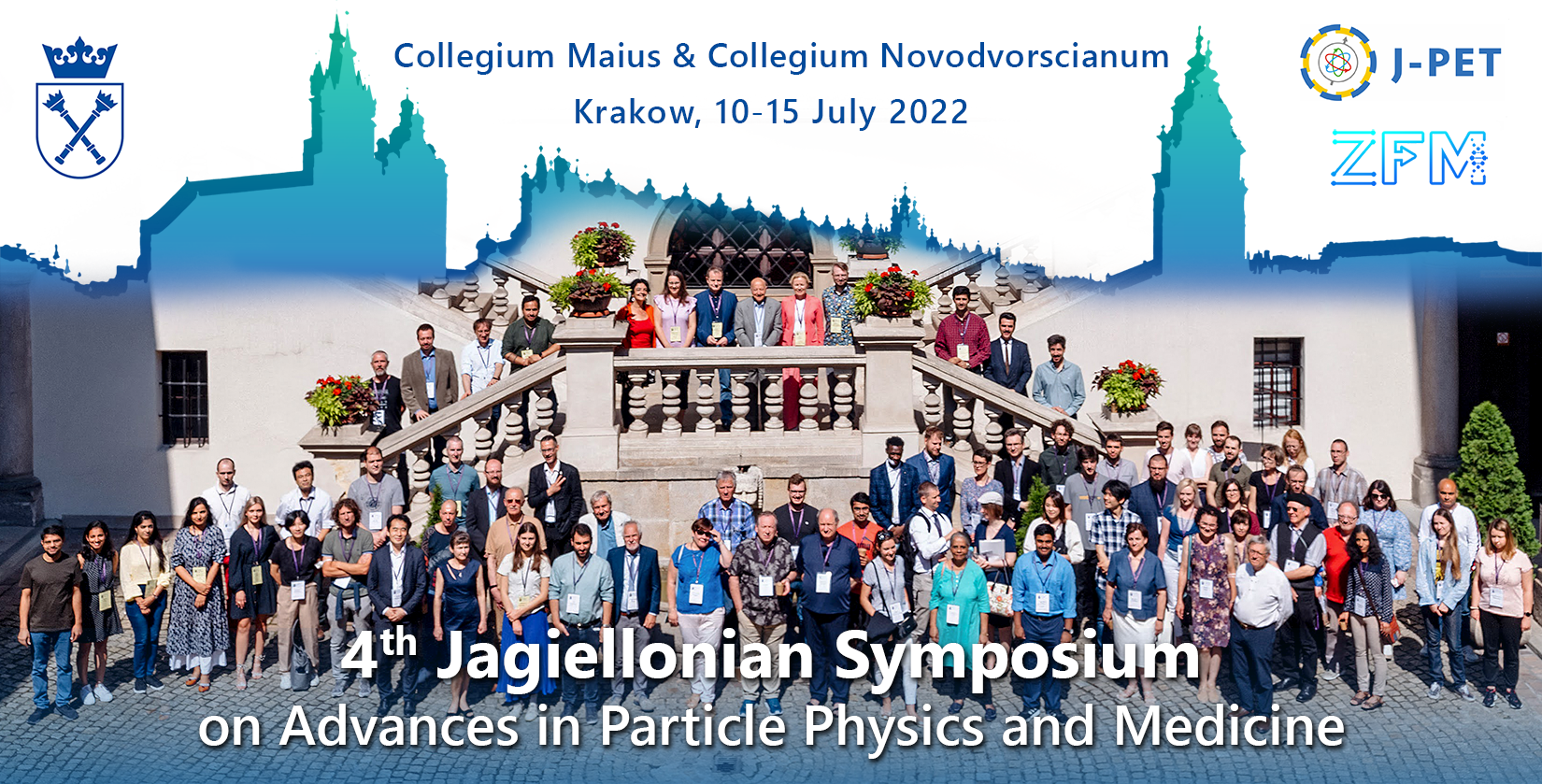Speaker
Description
Authors: Jakub Hajduga, Dose-3D Collaboration
As part of the Dose-3D project titled "Reconfigurable detector for measuring spatial distribution of radiation dose for applications in preparing individual patient treatment plans", in addition to the construction of the new type of phantom itself, it is necessary to develop high-end software for dose simulation, configuration and control of the entire device and finally the data analysis. Within the project comprehensiveness the software stack comprises a number of packages for data processing and analysis (Monte Carlo generators, Raw data preprocessing, Machine Learning tools, Python/C++ modules, Medical Physics specific software for DICOM standard).
The Monte Carlo simulation itself is an essential element for the success of the Dose-3D project. This is related to the fact that MC physics simulations are the gold standard cross-check for planning and cross validation of experimental data. Using a framework based on the Geant4 engine we will produce data that mimics real apparatus. The data will be used to optimize the parameters of the Dose-3D cell and ensure proper calibration of the prototype phantom.
One of the most important features of the final simulation platform is the possibility to read-in and setup within simulation environment irradiation plans stored in DICOM-RT format.
One of the most important parts of the Dose-3D software stact is the middleware that bridges gaps between the low and high level data processing. Based on the Python-like packages (with specific c++ modules binded to Python) we provide unified services to users. The presented work embraces a modern approach of software engineering for the interdisciplinary scientific project which is the Dose-3D.
The aforementioned middleware in-house software is being developed as Python package called pydose3d. Its modules are responsible for such functionalities as handling data from different sources (internal MC simulation based on Geant4, PRIMO simulation and phantom measurements), where these data are then unified in a high-level data exchange format (Pandas Data Frame), modules responsible for basic visualization and analysis of acquired data, or a set of tools responsible for loading information about the planned course of radiotherapy from DICOM-RT files, which can then be loaded into the simulation itself.

